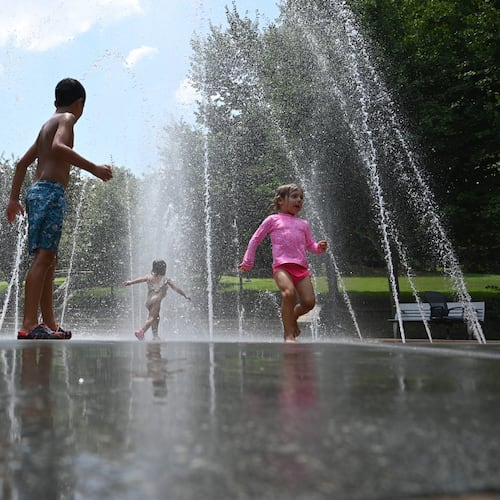Church wrestles with what’s best for unspoiled land
Next week At Issue looks at the sale of the Simpsonwood property.
For 40 years, the Simpsonwood Conference and Retreat Center in Peachtree Corners has meant a peaceful, secluded, tree-covered place for professional development, worship or retreat. Ludie Simpson’s only requests, when donating the 227 acres of land to the North Georgia Conference of The United Methodist Church, were for the land be kept intact and income from the acreage be used to maintain the accompanying chapel.
Seven years ago, amidst trying financial times, the North Georgia Conference began discussing the need to sell the property to manage operating losses of as much as $750,000 annually. With the organization carrying $6 million in debt, and the need for an estimated $2 to $3 million in renovations to the property, the organization must make sound financial decisions.
Residents near the property have attempted legal action to prevent the sale to a private developer. Most are hoping to sway the North Georgia Conference to allow Gwinnett to purchase the land for protection as green space.
Some would argue the church has a responsibility to its membership to obtain the highest bid possible for such valuable real estate. Residents, and those that remember the Norcross schoolteacher who donated the land along the Chattahoochee River, hope the church can meet their financial demands while upholding Miss Ludie’s intentions.
What do you think? We’d like to hear from you.
— Karen Huppertz for the AJC
Last week the AJC wrote about Decatur’s revision of its 1988 tree ordinance, partly driven by the city’s loss of roughly 700 trees in the last 27 years.
But it was heavily influenced by the “infill” movement, where old homes are and replaced by much larger homes commonly called “McMansions,” whose builders are often accused of clear cutting healthy specimen trees.
India Woodson, Decatur’s first-ever full-time Landscape Infrastructure Coordinator — who spent the last 11 years as DeKalb County aborist — stated her firm belief that in a city wanting to maintain its urban forest while encouraging development, “trees and construction can and must co-exist.”
Here are some comments we received from readers:
“DeKalb County is going to suffer from not having a decent tree ordinance and the loss of our wonderful India Woodson, who no longer works for DeKalb County. For some odd reason, the county is more than happy to hand out permits and rezoning allowances to any and all developers. In 25 years, DeKalb County will look like [Los Angeles] — barren, hot and dry. We need better tree protection in the county. Maybe they need to watch and see what the city of Decatur has done and take notes.”
— Oakgrove1479 via ajc.com
“I always thought it was a bad idea to take out all of the beautiful old trees when building new subdivisions. The replacement trees never look as nice.”
— MyThreeCents via ajc.com
About the Author
The Latest
Featured

